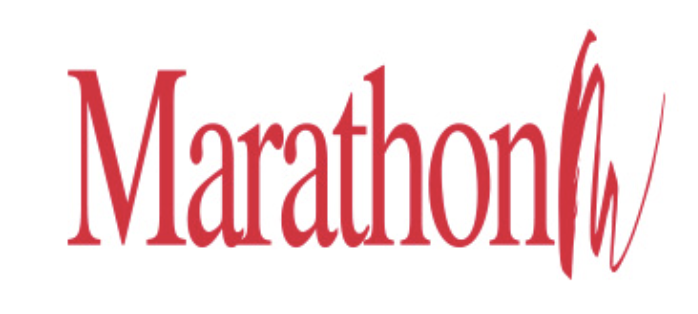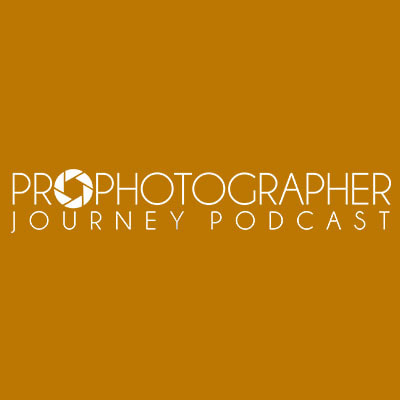 by Skip Cohen Remember the old Westerns? At some point, there often was a "new sheriff in town." He was always one of the good guys, and everyone was excited that he was there to clean things up! Well, whether you like old westerns or not, when it comes to print competition - there's a NEW SHERIFF IN TOWN! Meet the AIBP's (Association of International Boudoir Photographers) new Visionary Awards. The AIBP Visionary Awards are an inspirational and educational photography competition open to all professionals, novices, and hobbyists who photograph boudoir. All entrants have the opportunity to work toward the AIBP Artistry Excellence degree as a Member of AIBP. I'm a huge fan of image competitions, which all started with entering my first print in a WPPI competition in the 90s. I became addicted to the process—it's one of the best educational experiences in imaging. Why? Listening to the feedback from the judges, combined with seeing the styles of other artists, along with lighting, posing and composition, helped me raise the bar on my own skill set. Building this new image competition from both the participants' and judges' perspectives, the Visionary Awards start with two broad categories: commissioned and uncommissioned work. With eleven different award sub-categories, AIBP's goal is to make sure images compete against similar photos. They've assembled a stellar cast of judges to date that includes Lindsay Adler, Gary Hill, Jacqueline Tobin, Rhea Berkley Lewis, Andrew Hiorth, Cate Scaglione, Hiram Trillo, and Shawn Black. Combined with the support of a solid group of sponsors, these new awards have the potential to elevate the experience of competing from previous competitions. Click on any picture or banner in this post for more information! And to the AIBP team - Congrats! It's going to be a kick watching this competition grow, along with the skills of your members!
0 Comments
“We are all storytellers. We all live in a network of stories. There isn’t a stronger connection between people than storytelling.” Jimmy Neil Smith by Skip Cohen
Whether it's your stories, a family member's, or a client's - creating a book is an incredible product. Think about it for a second - you're a storyteller with an outstanding skill set in photography. A book allows you to capture the best of both worlds: photography and storytelling. Now, think about the impact a unique book would have on a client. Everyone is looking for new products and services to offer their audience. Yet, so often, you forget about some of the tools you have right at your fingertips, just a click of your mouse away. While an album of images is a great way to tell a story, a book allows you to tell the story with text and in any size or shape you want. If you don't want to start offering it as a regular part of your business, then start by just creating a book about your family. Just do a draft of the story and then drop in photographs that fit with the theme. I've done at least three books over the years; the first was about the start of the relationship with my wife, Sheila; the second was the story of the Honor Flight trip with WWII veterans I took my Dad on; and the third, the story of where we've lived over the years. All three told the stories in ways that just photographs alone could never do. I can only imagine the reaction of a client receiving a book that was their story and told in a way that only you, as their photographer, could tell. Part of the fun of a project like this is pulling together the images for the story. With a book, you've got the ability to combine your best photos with grab-shots and then the appropriate copy. Since a picture's worth a thousand words, you don't have to write a lot. Because it's all from your heart, you'll be surprised at how it all flows together, as well as how easy it can be. While today's post is an infomercial for Marathon Press, the concept couldn't be more sound. You want your work to be different. You want your clients talking about working with you and your skill set. What better way than with a book that sits on their coffee table you produced? In their 50,000 square ft. warehouse, the Marathon team is ready to tackle your project, and their staff is available to help all along the way! For more information, click on the banner above or call 1-800-228-0629. "Don't let the noise of others' opinions drown out your own inner voice!"  by Skip Cohen Five years ago, I ran a series of weekly tips to help you run a more successful business. Wandering through my archives this morning, it hit me that this post from that series is even more relevant today. We live in a world that's become so polarized over virtually any topic, and the quote above, by Steve Jobs, is right on target. Let's get rid of the "Negators" in our life. Just in case you don't understand how I'm using the word, it's my favorite word for all those people who tell us why we can't or shouldn't do something! They're the ultimate right-fighters, sure that their opinion is the only one with any accuracy. They seem to live for the opportunity to wait for you to fail so they can proclaim they saw it coming! I'm staying away from all the issues we face today outside of business and focusing on imaging. Photography is an art form often misunderstood, especially by family members and friends. They don't understand your passion. They assume you're going to starve in the process. They may never have seen your work and question whether or not you're good enough. They don't understand why you can't just go out and get a "real job"! Sound familiar? On the old GoingPro podcasts, Scott Bourne and I talked a lot about surrounding yourself with people with positive attitudes. You need to block out the "Negators." It's not out of Greek mythology, but it should be. Negators are people who are so unhappy in their own lives; their only joy in life is screwing with yours! The result is most often serious damage to your self-confidence. So, let's come up with a few things to help you stay focused, pun intended, and give you a little reinforcement. You know how to focus your camera, but do you know how to hold the focus on your career path?
We're out of the "slow season," and Spring seasonality is just about over. You've got the best part of the year ahead of you. It's time to really dig into your journey. And if you need a little help from one of the industry's biggest cheerleaders - you know where to find me! by Skip Cohen
If you've followed me for even the shortest time, you know I'm a big fan of great workshops. Your education to keep building your skillset should never slow down. Coming up in June and July are four terrific workshops with two of the industry's most respected educators...Bobbi Lane and Lee Varis. Yes, I'm a little prejudiced because they're two of my best friends - but they became good friends out of respect for all of us working together and my admiration for their style and how they give back to the community. If music were playing in the background right now, it would be Carly Simon singing "Nobody Does It Better." The first program is right around the corner on June 6, but all four are listed below—just click on any one of them to link to Bobbi and Lee's workshop site. All four are in the greater Boston area and are perfect for helping you fine-tune your creativity and raise the bar on your images.  by Skip Cohen At least thirty years ago, I had the honor of presenting Bev Walden with a Hasselblad when she won a Kodak Gallery Award. It was a fantastic moment because her work was incredible, and the award was so well deserved. That first meeting became the foundation for a terrific friendship based on my respect for Bev and Tim Walden as artists, marketing experts, and incredibly passionate photographers. They're simply great people...and educators. Bev recently emailed me about two programs they have coming up on June 3 and June 10. Both should be no-brainers, regardless of your specialty. Following the two of them over the years, I've learned so much, especially how they look at a portrait. I remember Tim talking about the final "product." It's not a portrait but a family heirloom to be handed down to future generations. And it's not just the finished quality of the print but the experience! There are two not-so-secret ingredients to Bev and Tim Walden's success and reputation: their passion for the craft and their quest for the ultimate quality every time they click the shutter. From babies to families to seniors, to black-and-white vs. color, each portrait is unique, continuing to build the Walden brand as one of the finest portrait studios in imaging! Check out both of these programs coming up. Click on each program for more information. And nothing beats the value of great education when there's also a discount when you bundle both classes.
by Skip Cohen
In the spring of 2016, I was teaching a class at Shutterfest, and nobody knew who Mary Ellen Mark was! I couldn't do anything about new photographers, not knowing who the icons of the past were. Still, I wanted to do something to help everybody recognize the work of the contemporary movers and shakers in imaging. We did over 130+ mini-podcasts featuring a favorite image of some of the most respected artists in photography. I stopped the series to take a break in 2021 and recently decided to bring it back. "Why?" is about great artists and their favorite images. Each featured artist is helping to set the pace not only in their area of expertise but also in marketing, business, and education. What better way for you to meet them than through one of their favorite images and their explanation of why it's special? Shawn Black joined me this week, helping me jumpstart the series. He's a remarkable artist. While his image is one of his favorites from Couture Black, his luxury boudoir and portrait brand, I'm not sure there's anything Shawn can't photograph. He's photographed weddings, is a writer, educator, and President of the Association of International Boudoir Photographers. He's also a husband, dad, friend and is admired by so many of us in the industry. Whether boudoir is part of your business or not, Shawn's explanation of the portrait above is worth listening to. It's a great way to get to know an artist who should be on your radar. Check out more of his boudoir work with a click to his Instagram page. And more information on AIBP is just a click away. 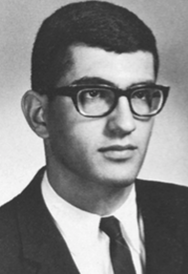 My Senior Headshot My Senior Headshot by Skip Cohen It's graduation season, and I'm always amazed by what kids graduating today have for their senior portrait versus when I was a kid. (This is where Scott Bourne would make a crack about Matthew Brady doing my senior shot!) Every senior headshot was the same: black and white and boring. There was no capture of anyone's personality, and it was not something you'd share except with wallet-size photos. But the excitement of graduating and starting a new chapter in your life was the same. Well, today, whether you're a full-time senior photographer or portrait artist, graduation season is a time for creativity and exceeding client expectations. To start, think about what kids have gone through to make it to graduation today. They all had to deal with the pandemic, worrying or more tragically dealing with school shootings, politics, and simply watching the world run amuck! Graduation becomes even more special and a time of pride and celebration. Yes, I'm essentially doing a post that's an infomercial, but if you've followed my blog over the years, I don't share anything that doesn't make sense to help you grow your business or your skill set. If you're hoping to go after the senior market and beyond to graduation, then let's get you the very best products. I'm a big fan of grad cards, and Marathon's offering them on a BOGO program right now, with half off. That gives you an advantage in decreasing costs and increasing margins. And you've got so much to choose from. When you click on the banner below, you can check out the program for yourself. There are 64 different basic templates, and within each collection, tools to enhance your creativity abound! I've included a screenshot of the first twelve below. Here's my point - everyone is looking for ways to grow their business and increase revenue. Grad cards are a way to produce something special and secure your role in helping students and families celebrate what's typically the first major achievement of so many of today's kids. Check out Marathon's program with a click on the banner below! Basic Templates for Grad Cards
(There are 52 more!) 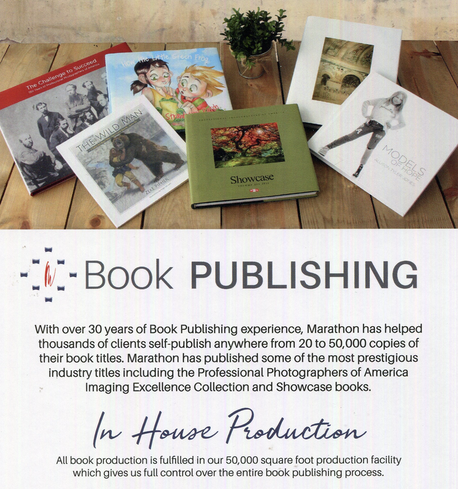 by Skip Cohen Last week I shared a post and video about Marathon's Bella Album line. At a time when everybody is working hard to make their work unique and create excitement with their clients, it's a perfect solution to exceeding expectations. Well, here's one more: book publishing. Again, you're looking to set yourself apart from your competitors with presentations that are different. I'm a big fan of books, whether one-of-a-kind or dozens of copies. I've done several over the years for my wife and each time they exceeded expectations. One of the skills most of you possess is storytelling. Creating a book in my opinion has so much more impact than just an album. You can add copy, create a unique layout, and design a cover that makes your publication look like it's off the shelf at Barnes & Noble. Here's one more benefit - we're a word of mouth industry. Think about the impact a personalized book will have on a client. Now, think about how many people a happy client is going to show their book to. And a book is perfect as a fundraiser for a nonprofit. Many of you are involved with various charities who are always looking for unique ways to raise money and awareness. I'm thinking of community non-profits, pet adoption centers, and events that deserve to have their story told by a professional storyteller. This is a product that has huge potential to help establish your reputation as a leader in your community. You're not just another vendor, but a master in storytelling! "Leadership is the capacity to translate a vision into reality." Warren Bennis. ...or call Marathon at 800-228-0629!
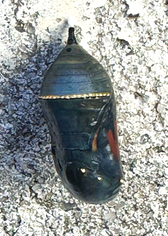 by Skip Cohen It's Marketing Monday, and I usually post something about business and marketing, but things don't always go as planned. While outside with the pups this morning, I discovered a Monarch chrysalis ready to hatch. They start out green and almost entirely opaque. As they get closer to emerging, the chrysalis becomes clear, and you can see the Monarch's wings tightly folded inside. I grabbed a Platypod, an extra light, a few accessories for setup, and my phone. Expecting the butterfly to emerge "any minute" turned out to be almost three hours. Then, the process of emerging was close to 25 minutes until the wings were completely extended. To share this mini-miracle of life, I edited the video below to just the first two minutes. 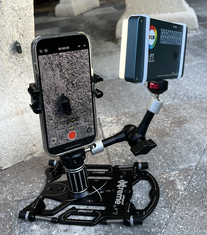 My setup: A Platypod eXtreme, Handle, Grip, Elbow and a little F7 Pocketlite. My setup: A Platypod eXtreme, Handle, Grip, Elbow and a little F7 Pocketlite. But my point today isn't really about this new "member of the family," but the fun I had playing with video editing for the first time. I'm not about to suggest that I'm any kind of expert, but the thrill of doing a little editing, including dropping in music, is the best example of what I love about this industry. There's that old line: Without change, there'd be no butterflies. Well, maybe my point today is that you can teach an old dog new tricks! First, all of this was shot on my iPhone 14. Second, the Platypod gear gave me exactly what I needed. Third, while I was set up to add in a light, by the time the butterfly emerged, the sun was completely out, and it wasn't needed. Last but not least, was the experience of doing some video editing. Remember, my skillset is about helping you with marketing and business, not capture and post-production. But I loved starting to learn something I haven't done before. So, the next time you cringe over learning something new and think you can skate by without growing - think again. We're an industry constantly changing, and technology never slows down. What a kick! Note: Please click to enlarge full screen by Skip Cohen It’s a new year, and everyone is searching for new products and ways to exceed client expectations. That’s one of the biggest reasons to attend every possible convention. At IUSA, a few weeks ago, I spent time in the Marathon booth and was blown away by the quality and extent of their Bella Album line. The video below pretty much says it all. And while you’ll never hear me suggest I know what I’m doing with video production – that doesn’t change my excitement over Bella Albums. Check out Marathon, and then give them a call. While the video is better at showing the product than just a static image, it doesn’t begin to demonstrate the variety of covers, papers, and their ability to emboss. Marathon’s just a call away at 800-228-0629 or click here to the Bella Albums product section on their website.
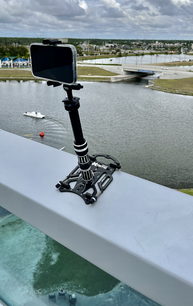 by Skip Cohen Most of you know I do not make a living as a professional photographer. My passion has always been the educational side of the industry, with a strong focus on marketing and business. However, I'll match my love for clicking the shutter with anybody. The truth is, having hung out with so many professional photographers over the years, I know more than I let on. Here's my Hump Day point - I'm blown away by the quality I'm getting with my iPhone 14 Pro. There doesn't seem to be very much my phone can't handle. I still love having a full camera in my hands, but I also can't deny the fun of always knowing I can capture an image with just my phone. A NEW Necessity for Your Gear: Put the quality of the phone together with Platypod's new Grip for smartphones and two other members of the family, the Handle and the eXtreme, and there's not a whole lot of challenges in capturing an image I can't handle. The image below was a grab shot a few weeks ago. It was just a fun day with good friends - and it's also right out of the can. We were on the observation deck of Benderson Rowing Park, watching the races. There was nothing on the deck to set the phone on, but the top of the railing was perfect, even though it was slanted. Using the Grip, Handle, and eXtreme, I had my setup in seconds. Then, I used it to photograph the rowers from above looking back out on the water. I know I'm turning this post into an infomercial, but the new Grip is pretty remarkable and well worth it's $34.99 price point. Check it out at Platypod.com along with the video demo from YouTube below. 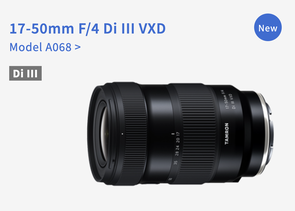 Click for more info Click for more info by Skip Cohen I grew up with a handful of my Dad's grainy, underexposed, silent movies, which later were replaced with hundreds of Ektachrome slides. While I laugh about all his clicks of the shutter, family slide night was always a kick. Those slides and the movies captured memory-making moments that are priceless. Technology never slows down, and today, all of you have the ability to become filmmakers. It's right there at your fingertips, and thanks to companies like Tamron, you've got optics that bring top-notch quality to the table. Well, it's Tamron Tuesday, and I grabbed two completely different videos from Tamron's YouTube channel. Both were captured with Tamron's new ultra-wide angle 17-50mm lens. Charley Voorhis is no stranger to SCU; I've featured a number of his videos. If you're at a convention where he's teaching/speaking, make it a point to introduce yourself. I don't know @AUXOUT, the artist featured in the second video, but I like the way he toured Seoul and the mix of still images with the new lens. They're both relatively short but don't just watch them for the content, but the style and technique of each artist. Then, think about your style and what skills you need to raise the bar on the quality of your own video work. From a personal marketing video to video holiday cards for your clients to ongoing components in the services you offer - you need to understand the art of storytelling as a filmmaker. For those of you headed to IUSA, WPPI, or dozens of regional, state, and local conferences next year, take a few classes that relate to filmmaking. Everyone has the technology, but not necessarily the skillset. You need to grow this aspect of the craft just like you did with still-imaging. Remember, growth only happens outside your comfort zone! 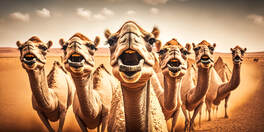 by Skip Cohen I started this series to share short ideas that seemed to fit into the middle of the week scenario. Plus, I love the shot of the camels! Well, it's Hump Day* and the perfect time to hit on one of the biggest benefits of attending workshops, conferences, and conventions - they help you recharge your battery! Yesterday, I presented a two-hour program to a passionate group of pet photographers, thanks to the Hair of the Dog Accademy founder, Nicole Begley. Over the last few weeks, I spent a lot of time pulling information about one of the biggest challenges in business - finding new customers and expanding your reach. But my point today isn't about marketing and promotion but a side benefit of attending a conference like this: it recharges your battery! I'm always writing about taking a break and recognizing the signs of burnout, but God forbid I should practice what I preach! I didn't realize how much I needed a recharge myself. Throughout my presentation, I felt like the Energizer Rabbit. There were just over 200 people in the program, and their energy, comments, and questions reminded me of how much I appreciate the true entrepreneurial spirit of so many artists. From the attendee comments, the enthusiasm was infectious, not just in my program but in two other programs I was able to attend by Anne Thomas on Storytelling and Zoe Hiljemark on The Power of PR. The energy I felt yesterday was spread throughout the attendees. Plus, something unique happens at small conferences like this - everybody supports each other, working towards a common goal to find new ways to grow. So, to Nicole Begley, thank you for the invite and for sharing your Hair of the Dog family. To the attendees, what a kick getting to "mee" so many of you. As I've already said and written - you know where to find me if I can ever help. And to all of you, my readers - as you lay out your calendar for 2024, pay attention to the dates of local workshops, conferences, and national conventions - just like our phones when the battery's low, we all need a recharge now and then. You should attend every possible program you can, whether LIVE or online. Nothing beats hanging out with people in our industry. The energy is incredible, and sometimes, it's just what you need to revitalize your spirit and passion for the craft. by Skip Cohen After posting at least six days a week for the last ten years, missing the previous few days has felt strange. But the reason is a kick and points to a topic I've written a lot about over the years - special projects. I'm honored and excited to be teaching at the Hair of the Dog Online Summit next week. Over the last month or two, since being asked, I've been pulling material for my program, and it was finally time to put it all together. From sharing the experiences/ideas of friends and associates to new material I've pulled together, it will be a jam-packed presentation with plenty of "low-hanging fruit" attendees can start to implement almost immediately. And there are bonuses from some of the speakers when you purchase an All-Access registration. For example, I'll be holding an online bonus program on November 7 as a follow-up to my presentation. The whole idea is to help attendees stay focused on marketing and growing their business right through the holiday season. But there's another aspect to the Summit that makes it special - I've worked with Nicole Begley, the founder, in the past. She's talented and totally focused on the goal for the two-day event - helping artists raise the bar on the skills. Plus, it's a fundraiser for the Hair of the Dog Conservation fund. The growth of pet owners has never slowed down, and for so many of you it's such a logical addition to your existing specialty in imaging.
But, like any aspect of professional photography you have to have the skillset to match the demand, exceed expectations and make yourself habit-forming. The Hair of the Dog Summit has brought together ten industry specialists to help you grow and establish a stronger part of your business. It's a no-brainer to attend, regardless of your choice of the two participation levels. I hope you'll join us on September 26 and 27 - See you then! “One should really use the camera as though tomorrow you'd be stricken blind.” Dorthea Lange 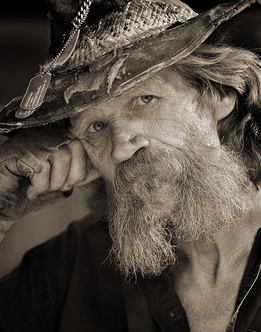 Click to listen to the back story Click to listen to the back story by Skip Cohen I'm sticking with my "clean up" theme until I run out of things to suggest. Too many of you never think about how the photographs you capture, especially portraits, might be of value later on. How often have we all worked on something and, whether rushed or exhausted, said to ourselves, "That's good enough?" We've all done it, and maybe it's acceptable when you're fixing something at home, but when it comes to a client, only your best is good enough. In 2016, Bob Coates shared one of his favorite portraits with me, "Randy," shown on the right. I hope you listen to the short podcast with the photograph, but here's the summary. Randy was struck by a car and died two to three weeks after capturing the images. Bob's portrait was one of the last photographs ever taken of him. One more major example, and it's so timely following the anniversary of 9/11 this week. Remember the tragedy and the photographs posted as people searched for lost family members and friends. Because so many of the victims were relatively young, there were hundreds of professional portraits, usually bridal or college, even high school senior shots. Throughout the industry, there are stories from professional photographers who captured the last images taken of a specific subject. Here's my point - NEVER compromise on the quality of an image. Your clients trust you to capture the best photos, and you owe them your full attention. You never know how important today's photographs are going to be tomorrow! by Skip Cohen Platypod has been a leader in helping artists expand their creativity since the company's first product was introduced eight years ago. From the original Platypod to Platyball, the eXtreme, and just recently introduced Handle - the complete Platypod line, with multiple accessories, has grown to be the Platypod Ecosystem. But Platypod isn't slowing down - Have you subscribed to their YouTube channel? There's now a selection of NEW short how-to videos thanks to a remarkable team of respected industry educators. Each video hits a specific specialty and then a no-nonsense presentation, giving the viewer a solid educational base to build on and, with practice, expand their expertise. The company's plan is to continue to support the imaging community with more short presentations, each one unique in its application. There are now six videos in the series, of which I pulled three in the click-on links below. Another new feature is Platypod Perspectives. Again, short, concise and educational, helping you expand your expertise in imaging and at the same time introducing you to some talented photographers in our industry. Platypod's YouTube channel is loaded with great information and ideas to help you expand your creativity. There's no limit to how you can put Platypod gear to great use - but there's also no limit to the company's goals to help more artists raise the bar on their skillset.
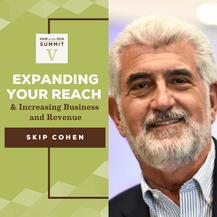 by Skip Cohen I'm excited about being asked to speak at the upcoming online Hair of the Dog Summit at the end of this month. I'm in great company with nine other speakers; all focused on helping you build a stronger skill set and grow your business. Click on the banner above for more information and then to register. What good is creating the finest images of your career if nobody knows who you are? And if they do know you, are they knocking on your door? I'll be sharing dozens of ideas on promotions, building awareness, partnerships, and ways to expand your reach beyond your existing customer base. Plus, there's a special bonus - in November, date to be announced - I'll be hosting a follow-up coaching program for VIP pass attendees, helping you keep the momentum going right through the holiday season. Why you should attend: In the hierarchy of why consumers hire a professional photographer, the top three are brides, babies, and pets. This is from a survey Kodak did at least thirty years ago, and I don't believe it's changed. During the pandemic, weddings were down, along with photographing babies and maternity. The order might have shifted, but here's my point. Seventy percent of U.S. households, or about 90.5 million families, own a pet, according to the 2021-2022 National Pet Owners Survey conducted by the American Pet Products Association (APPA). Think about those numbers. Seven out of ten families have at least one pet, and the average per household is estimated at 1.6 -1.8. Like our house, many families have two fur-balls. So, the big question is, are you including pet photography in your business? Check out the one-minute video below from the Hair of the Dog Summit Host, Nicole Begley for more info. See you at the Summit! by Skip Cohen
Because I love the illustration from Adobe Stock above, and it makes me smile, I'm going to stay with doing a "Hump Day" feature. It's too much fun not too! I'll do my best to keep it light and continue this series of quick thoughts to help you through the back half of the week and build a stronger business. Years ago, I did a podcast with Matthew Jordan Smith as my guest, and we talked a lot about special projects. Special projects help you stay focused on your creativity. This is especially important when your bread-and-butter business isn't as glamorous as you had hoped. A unique project allows you to be in complete control and can be virtually anything you decide to capture. And you never know when a special project can become something bigger than you planned. Special projects can become exhibits, gallery shows, books, and even new businesses. For example, Matthew's book Future American President was based on an idea that was part of his life for at least three years before publication. Most important of all is a special project helps to keep your sanity! Special projects help you stay focused on your passion for the craft beyond whatever pays the bills. When did you last shoot for your most important client - yourself? So often, what might have started as a just-for-the-fun-of-it idea evolves into something more focused and substantial. Well, it's Hump Day, and the rest of this week is perfect for finding yourself a special project involving your skillset, camera, and unbridled creativity. All images copyright Howard Schatz. All rights reserved. 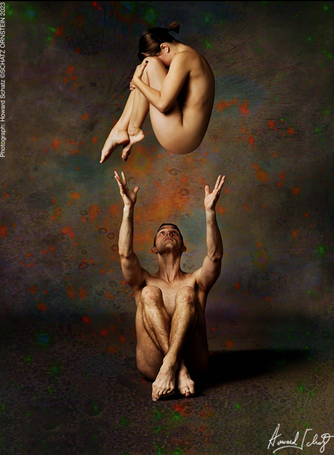 by Skip Cohen I joined Hasselblad USA in July of 1987, right around the same time that Howard Schatz and Beverly Ornstein were getting started. A few years later, I met them both. Now, twenty+ books later, I continue to be in awe of his work. His new book, Pairs is remarkable - it's more than just stunning images. It spans thirty years of work in 365 photographs as Howard explores the relationship between two subjects or images. "Couples or colleagues; actors or acrobats; fighters or friends; lovers or dancers; newlyweds or newborns: the photographs in this book reveal the passionate and dynamic, subtle or obvious, and always compelling, mystery of relationship." Howard goes on to explain: From the beginning of my professional career, my main interest, my motivating force, and passion, has been to explore and experiment, searching for imagery that would surprise and delight me in my quest to explore what's deep inside. One of many areas of my ongoing interest has been the exploration of the relationship between two subjects: the visual, graphic, emotional, social, physical, and even spiritual dynamic resonating and resulting from such combinations. This book belongs in the library of anyone who loves fine photography. It's the perfect holiday gift scheduled to start shipping on October 1, 2023. Having been given a sneak peek, this may be my favorite of his books to date; it's a stunning body of work and demonstrates why the statement, "Nobody does it better," is so appropriate when describing Howard and Beverly's passion for the craft. What a kick to have followed Howard's work for so many years! I am in search of the electric, sometimes eccentric and always compelling connections possible with a combination of two whether dancers, athletes mothers and newborns, gymnasts, and even inanimate objects. Sometimes, they were brought together intentionally: I've found other images that speak to each other in ways I had not previously noticed. The connections are sometimes subtle, sometimes not. - Howard Schatz
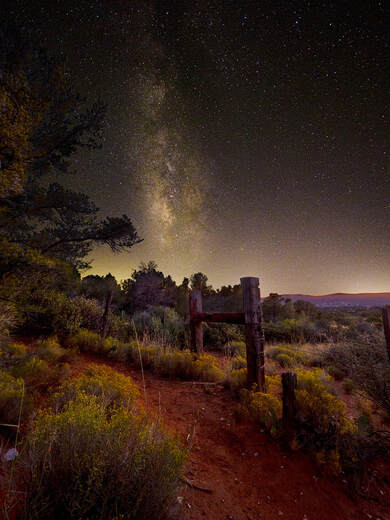 by Skip Cohen Here's a workshop that needs to be on your bucket list. It's photographing the night skies in Sedona! First, your "coach" is one of the best educators in imaging, Bob Coates. I won't deny I'm a little prejudiced, having hung out with Bob for 20+ years. But the friendship we have came out of my respect for his style, knowledge, passion for the craft, and willingness to always help on any project. He's an artist, educator, author, and a great friend to so many photographers in the industry. Next comes the location: SEDONA! It's one of our favorite places to visit, but it's more than just the beauty of Sedona; it's the area's peacefulness. And for a night sky workshop, it's the ideal "canvas." Sedona is a dark-sky community. Add red rocks to the Coconino National Forest, and the combination makes for some spectacular opportunities for making starscapes featuring the Galactic Core of the Milky Way or stunning star trail images. The Milky Way and Night Sky Workshop starts with time in the classroom. You'll meet your fellow adventurers and learn how to find where night sky features will appear, allowing you to plan for a solid image. Tips and techniques for using your camera, including proper settings, will be covered. You'll learn how to experiment for the best results. Last but not least is the ability to boost your skillset combined with the camaraderie of a small group (six people max) workshop. In a small hands-on environment like this, attendees will get time with Bob, as well as the opportunity to work with the other artists on the adventure. The video below rounds out the description of this incredible opportunity with Bob and the Sedona night sky. Got an interest? Click on either of Bob's photographs above for more information. |
Our Partners"Why?"Check out "Why?" one of the most popular features on the SCU Blog. It's a very simple concept - one image, one artist and one short sound bite. Each artist shares what makes the image one of their most favorite. We're over 100 artists featured since the project started. Click on the link above and you can scroll through all of the episodes to date.
Categories
All
|
© 2019 Skip Cohen University










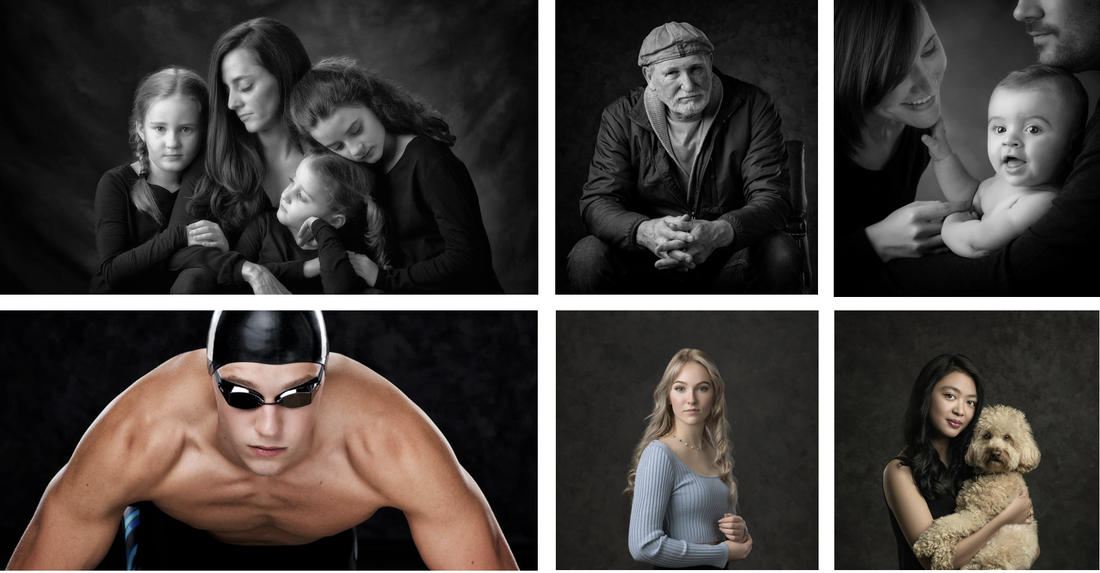
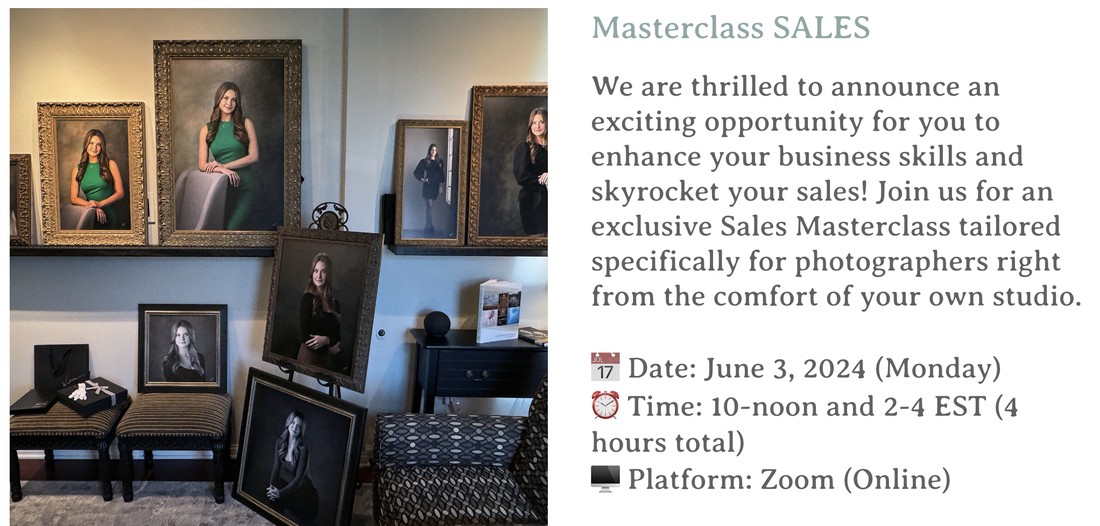
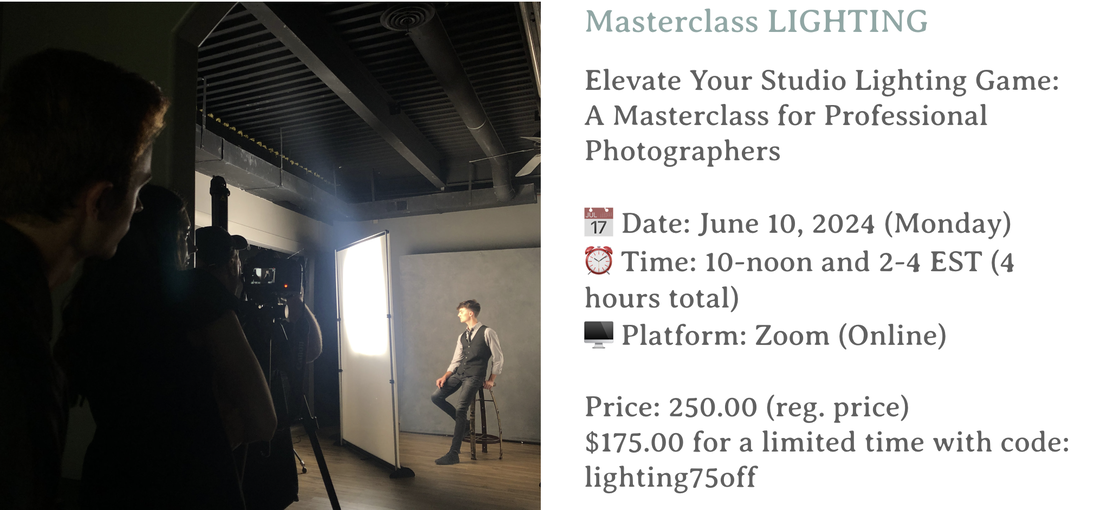
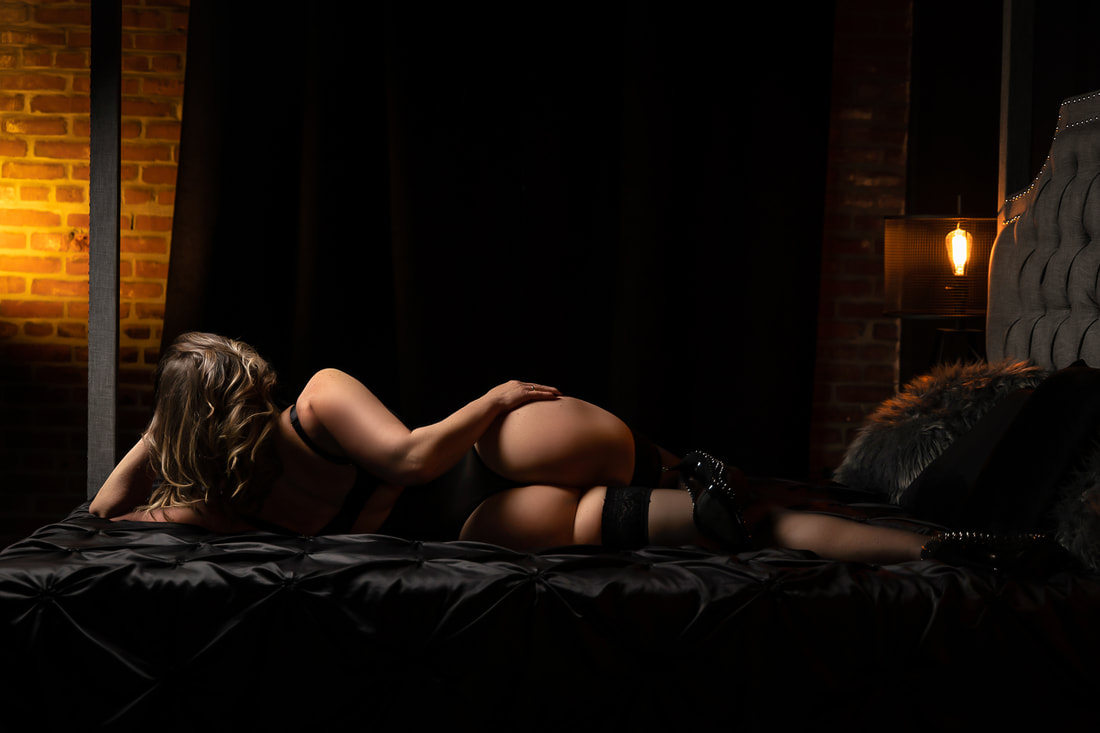



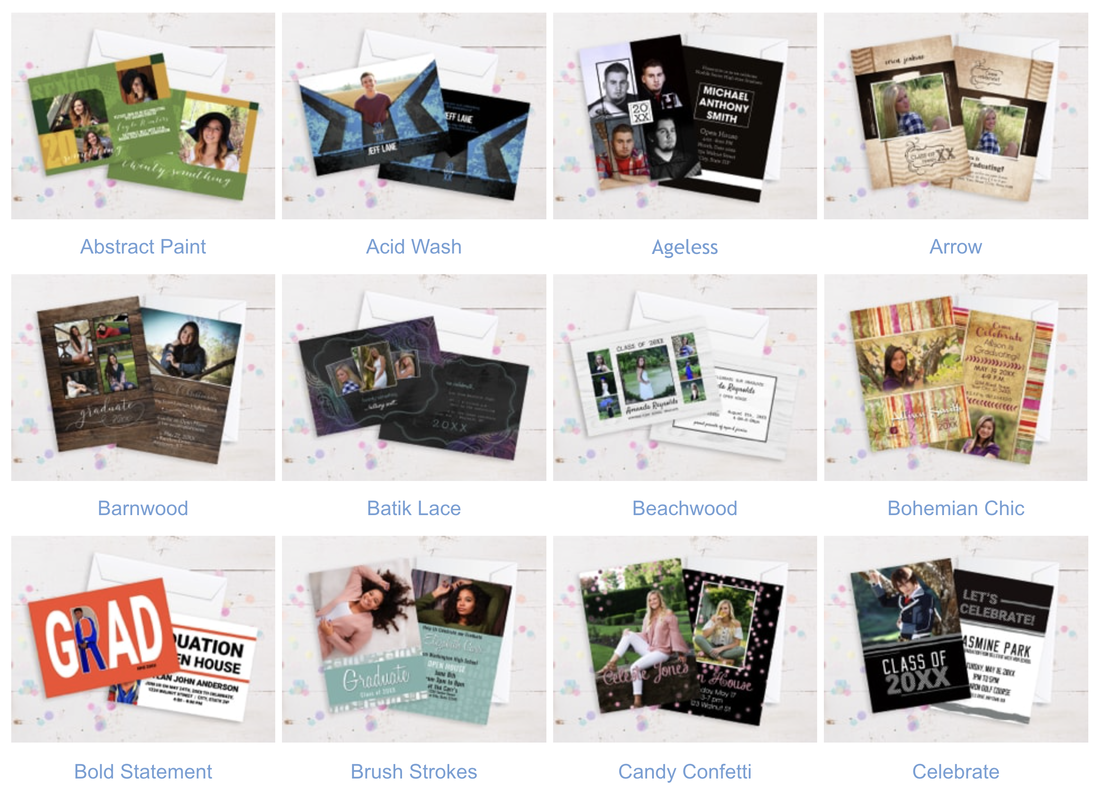


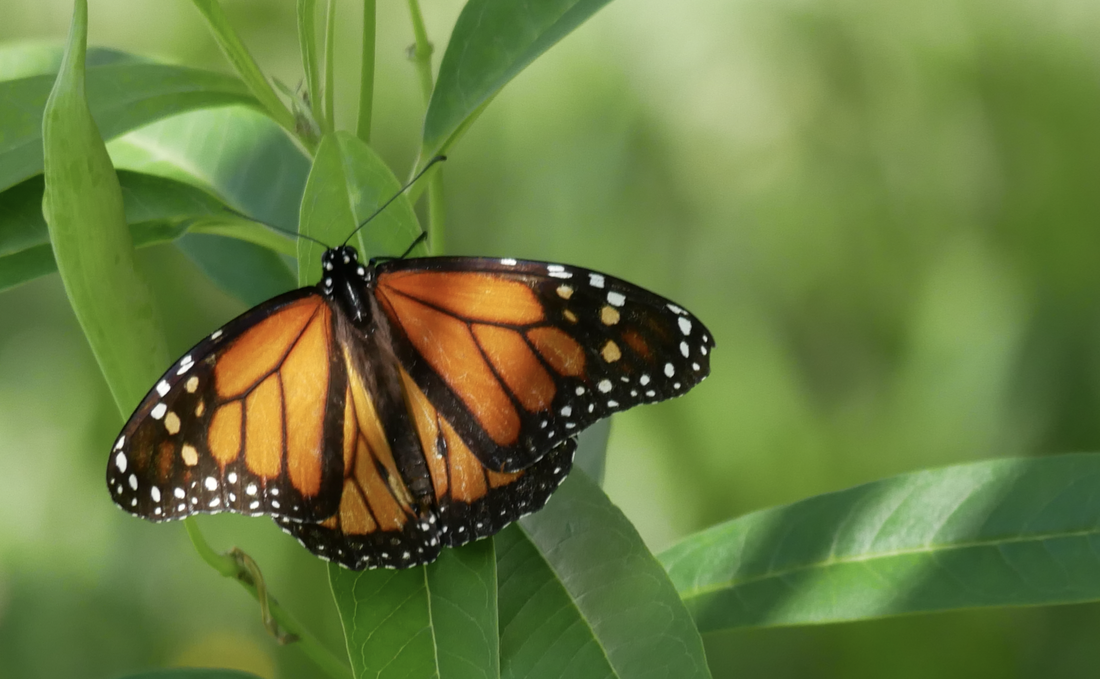
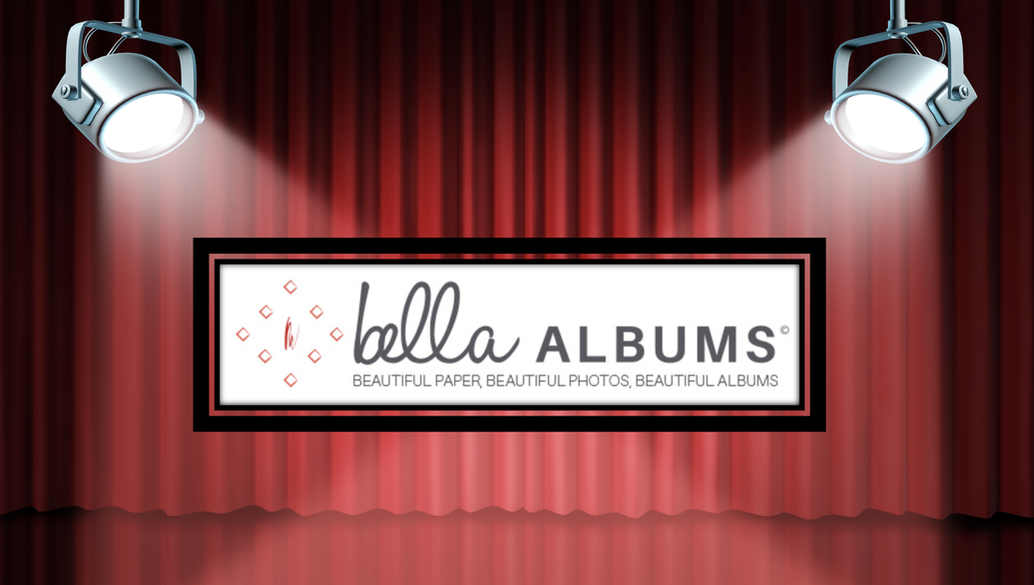
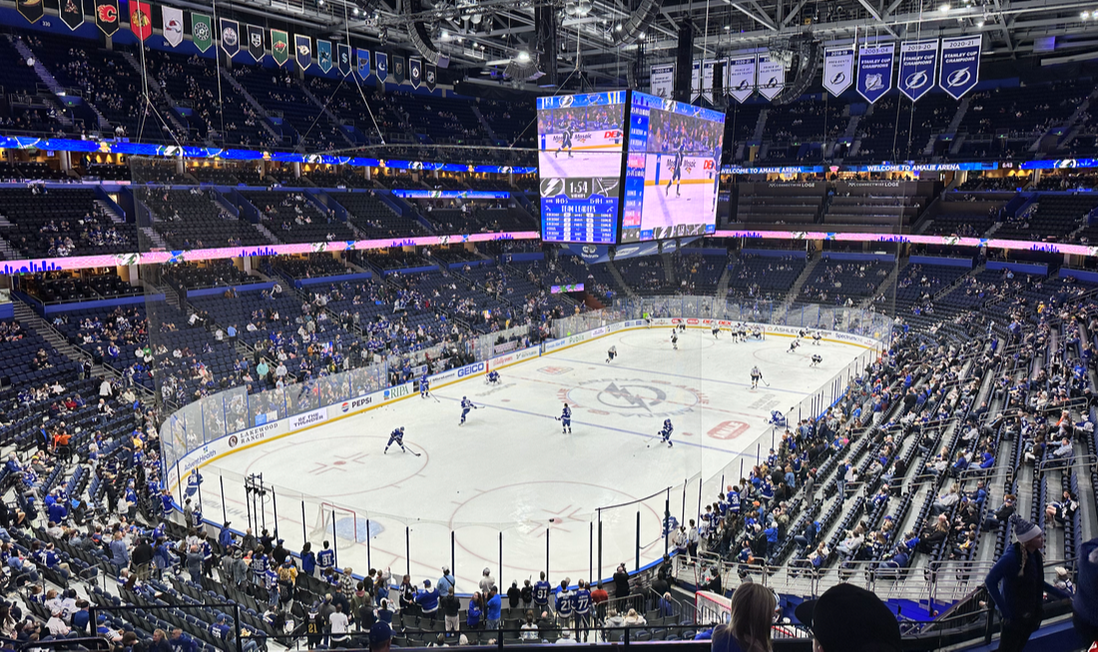
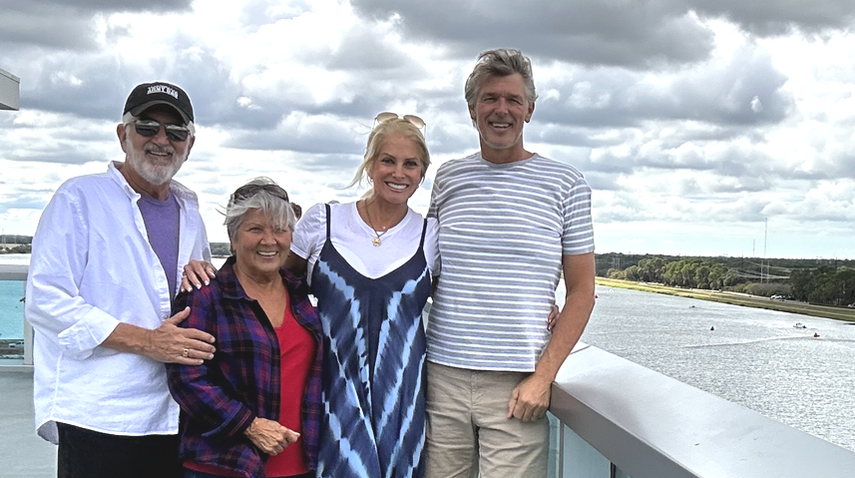
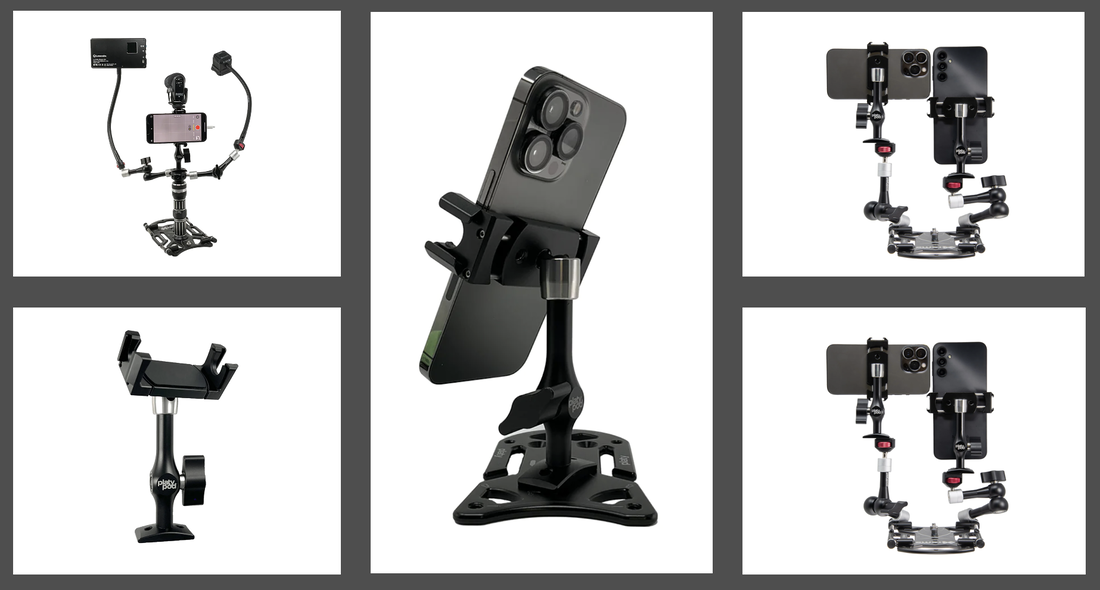
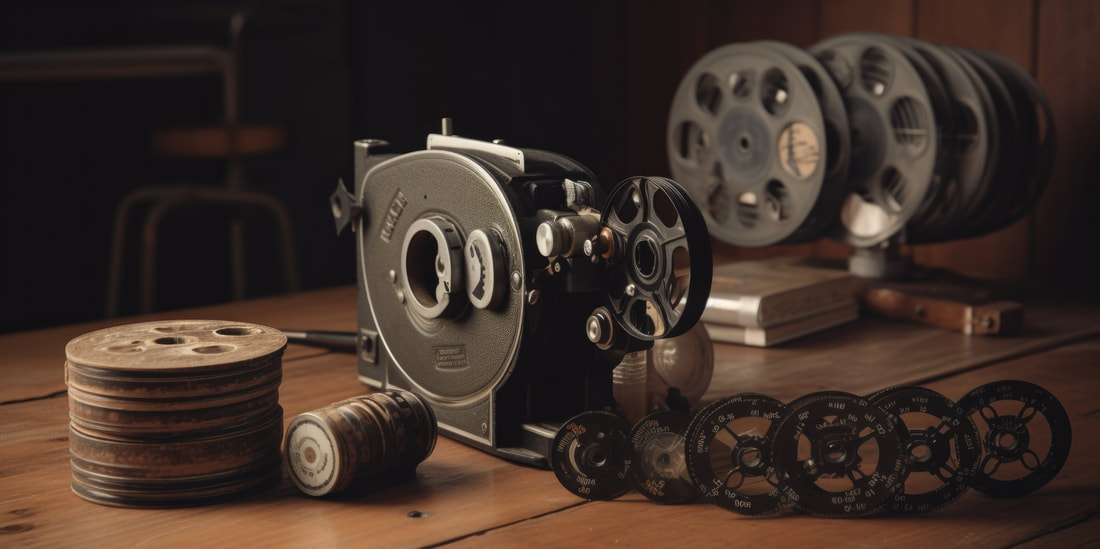

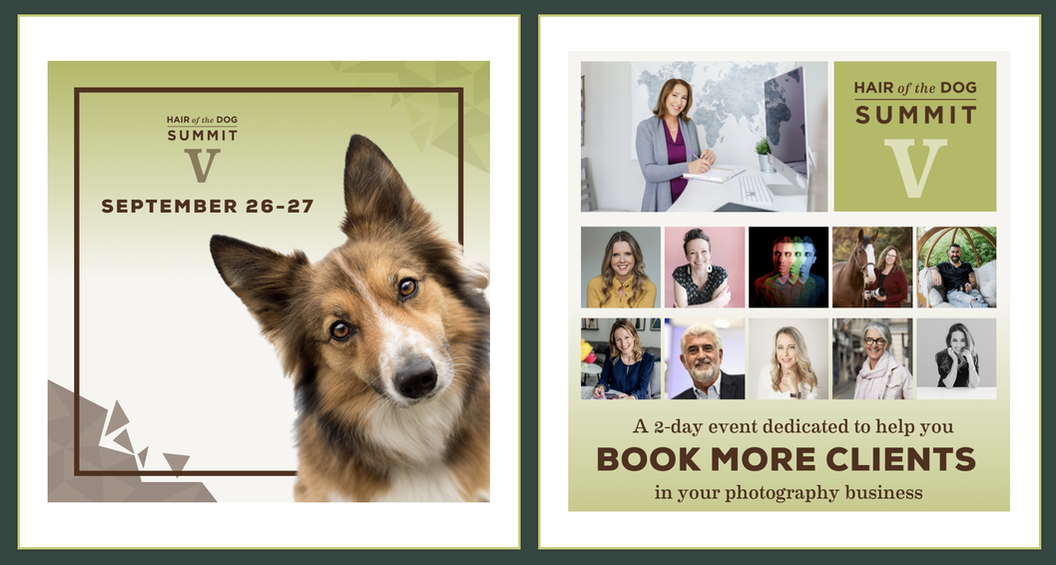






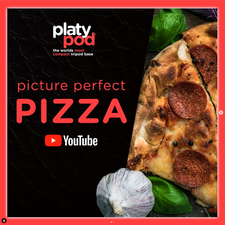



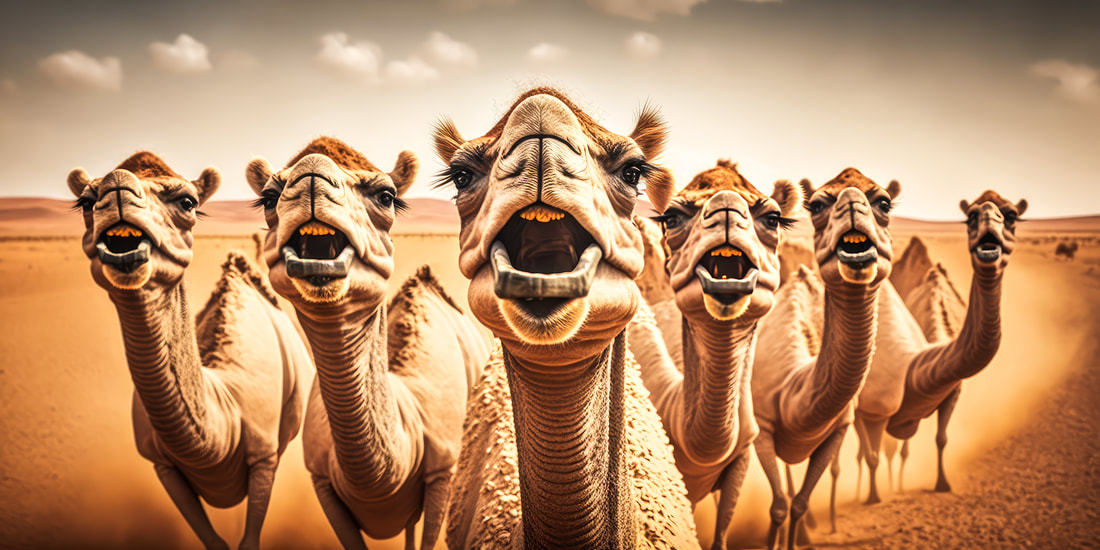
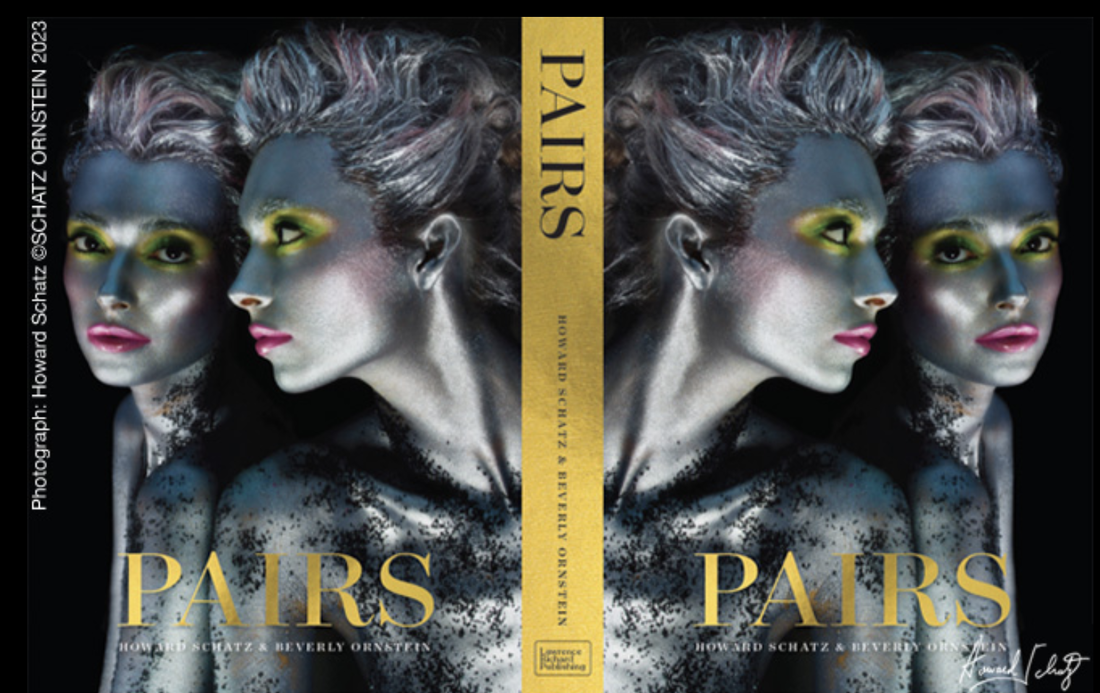

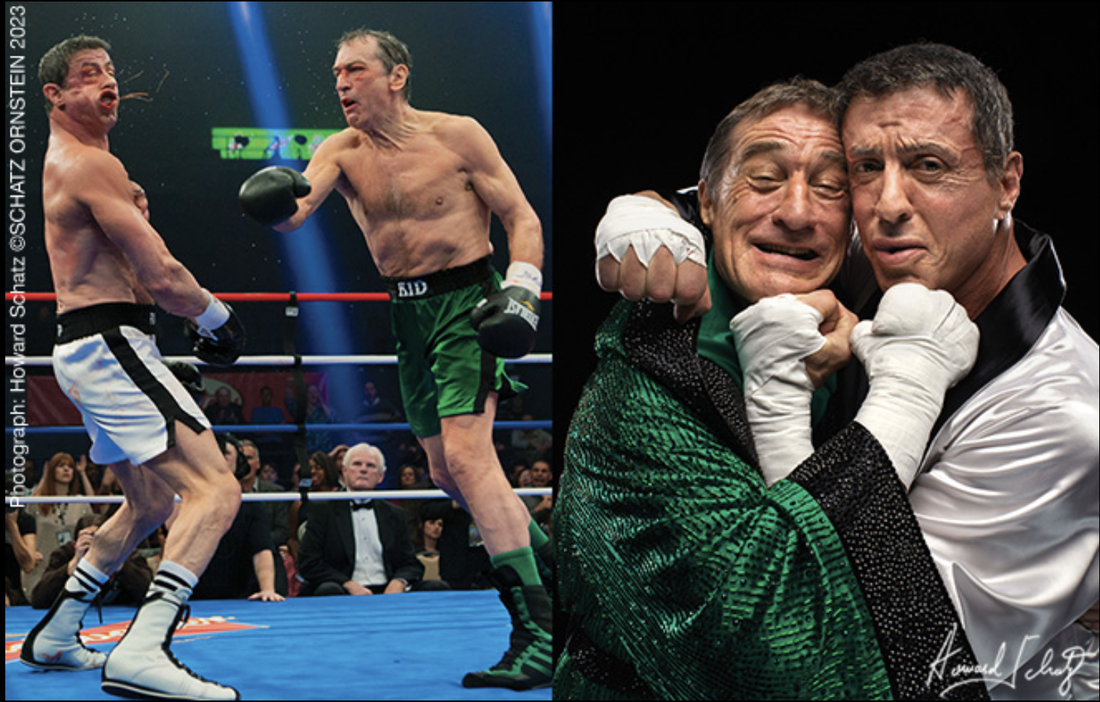
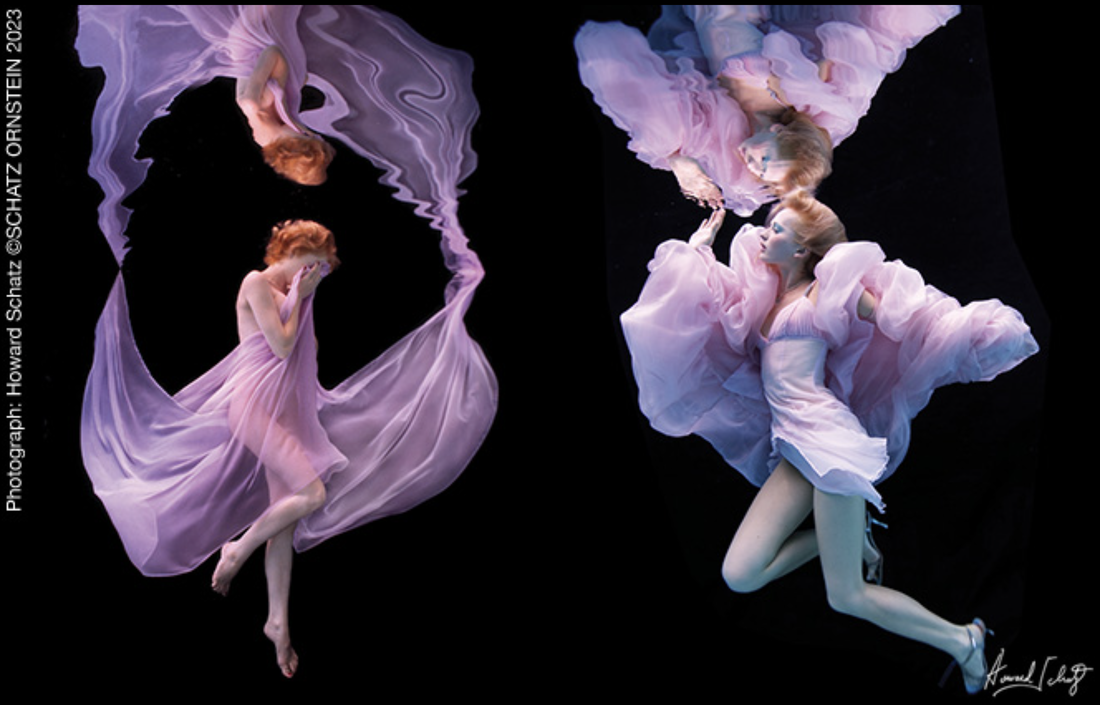
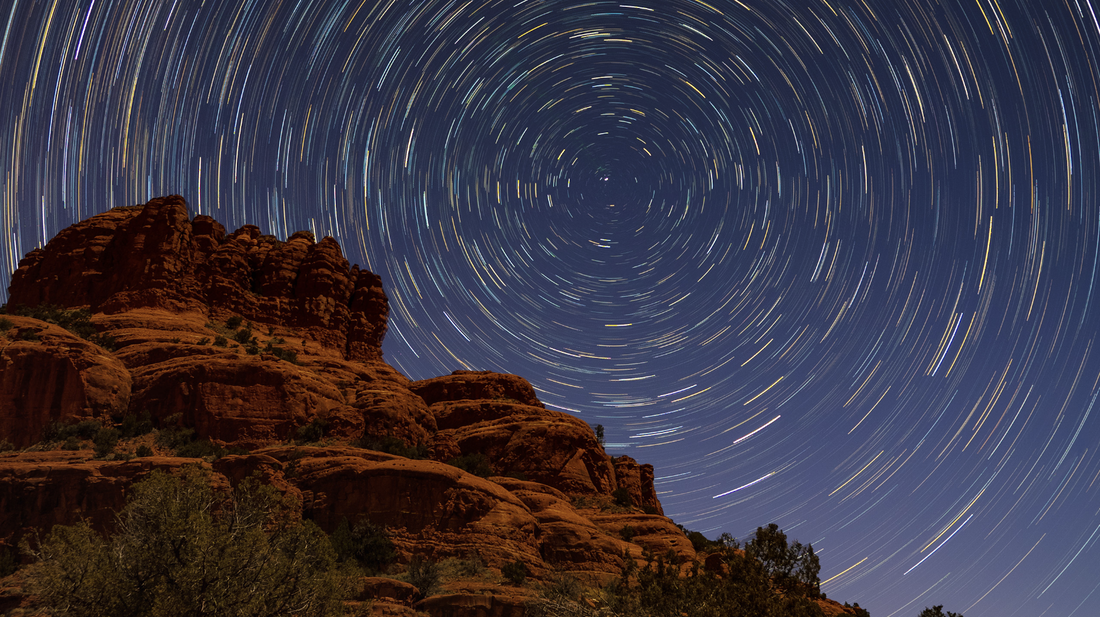
 RSS Feed
RSS Feed

